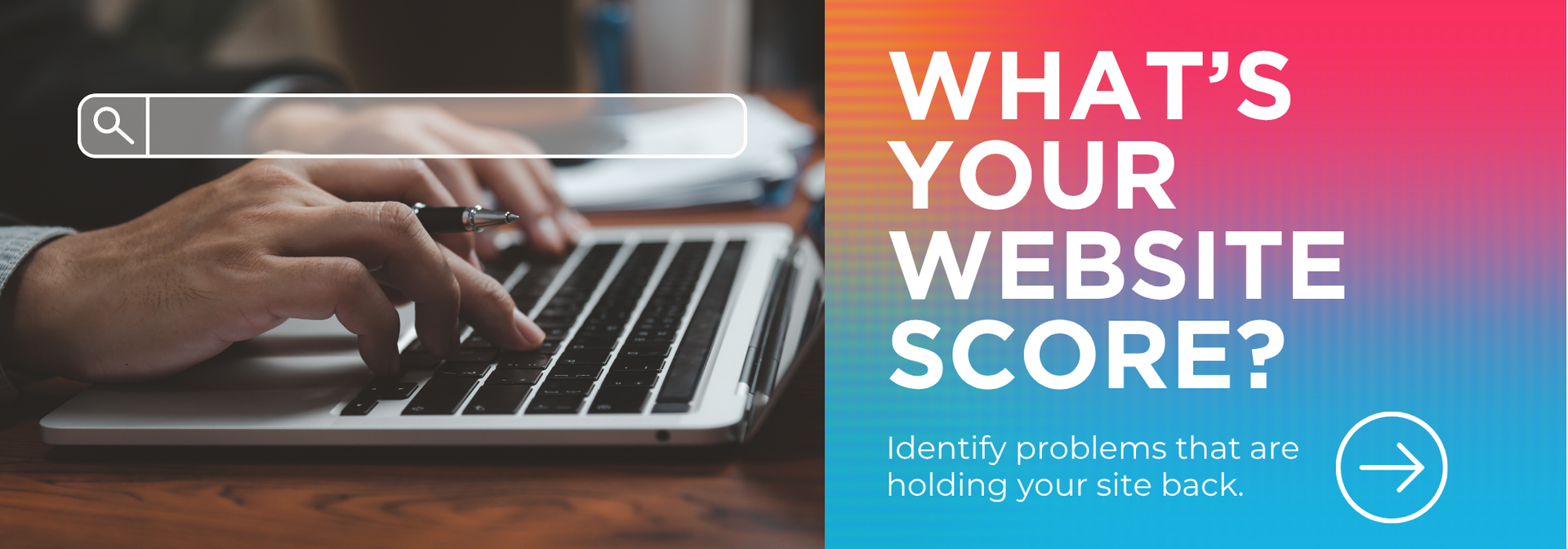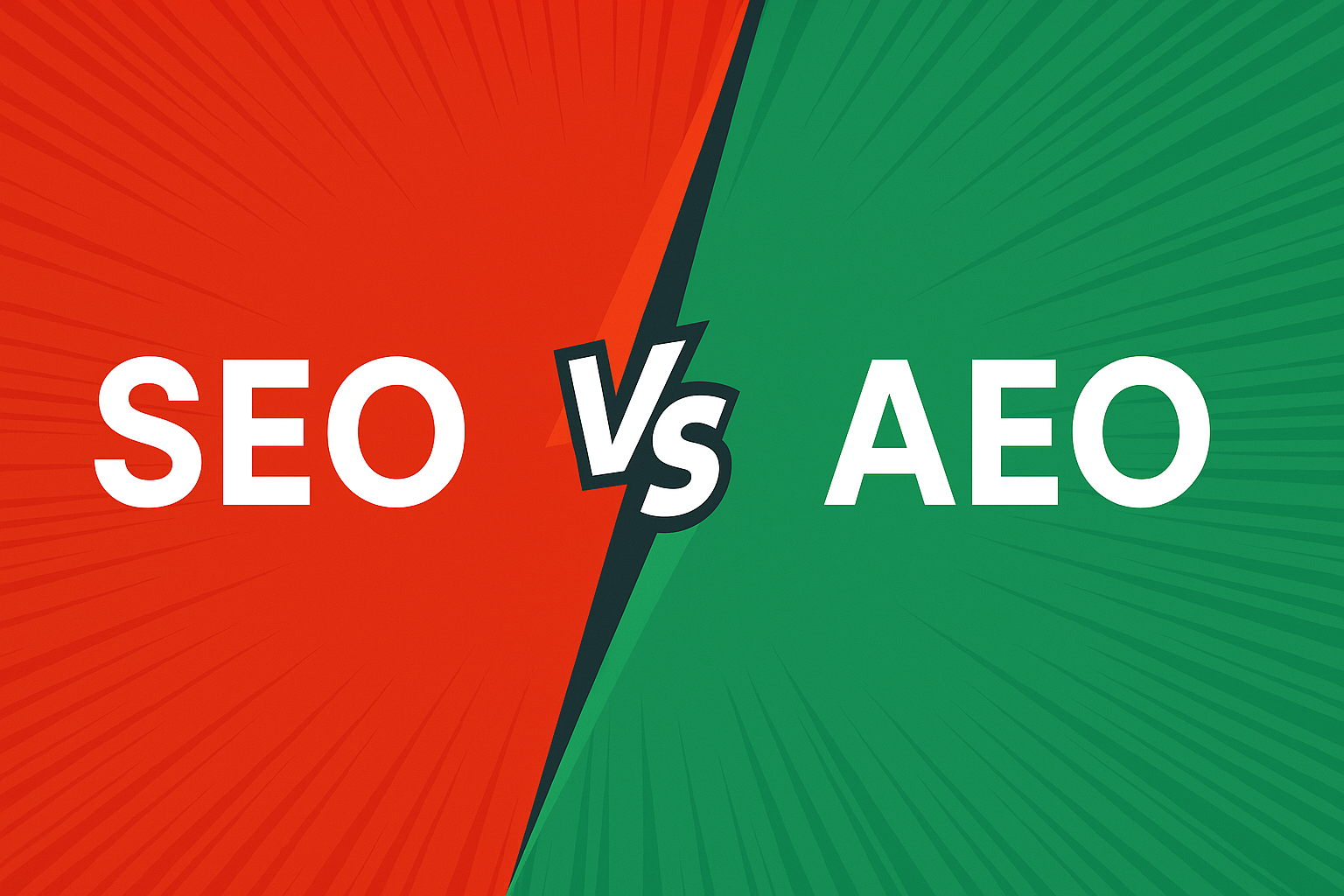Why Your New Website Isn’t Showing Up in Google Yet
Hey everyone, it’s Rikki here! I like to write blogs based on real questions from our clients. Recently, we launched two brand-new websites on fresh domains. Everything about the design, development, and launch went smoothly, but once the sites were live, both clients asked the same question: “Why can’t I find my site on Google yet?
Launching a new website is exciting. After weeks (sometimes months) of planning and building, the site is finally live. Naturally, the next step is to open Google, type in one of your main keywords, and expect to see your business right at the top.
But here’s the reality: search engines don’t work like flipping a light switch. It’s completely normal (although frustrating) for brand-new websites to take time before appearing in Google search results.
How Google Finds and Ranks Websites
When your new site goes live, Google has to:
- Crawl – Send its “bots” to scan and read the site.
- Index – Store those pages in Google’s database.
- Rank – Decide where your site belongs in the search results compared to competitors.
Submitting a sitemap and setting up Google Search Console helps Google know your site exists. But discovery doesn’t mean instant visibility; it just means the process has started.
Why New Websites Don’t Rank (and What You Need to Do)
Newly created websites often experience a short delay before being indexed by Google. Search engines rely on signals of trust, and new domains start with none. Here are the key factors that hold new sites back, and what you should do to address them:
- No domain history: Google tends to trust older sites. A new domain starts at zero, so time and consistency matter.
- No backlinks yet: Other sites linking to yours, known as backlinks, act as votes of credibility. Start by getting listed in industry directories, building partnerships, or publishing content others will want to reference.
- Limited content: Competitors often have years’ worth of blogs and service pages. You’ll need to steadily add new, optimized content to compete.
- Competitive keywords: High-value terms like “injury attorney” are already dominated by established players. Balance your strategy with niche or long-tail keywords to gain traction faster.
- Lack of social signals: Activity on social media and in local/industry listings shows Google your business is legitimate and active.
First Steps You Shouldn’t Skip
Before you can start gaining traction, make sure you’ve covered the basics that allow Google to find and index your site:
- Set up Google Search Console – this gives you direct feedback on how Google sees your site.
- Submit a sitemap – helps Google discover your pages more efficiently.
- Apply on-page SEO basics – optimize your titles, meta descriptions, headers, images, and keyword targeting so your site is search-friendly from day one.
These steps don’t guarantee rankings, but they ensure your site has the foundation it needs to grow. From there, it’s about building momentum with content (blogs and social), backlinks, and activity.
How Long Does It Take to Rank on Google?
SEO is a long-term game. Here’s a typical timeline:
- Weeks 1–4: Google discovers and indexes the site. You may start seeing traffic from branded searches (like people typing in your company name).
- Months 1–3: Pages start appearing in search results, but usually for less competitive keywords.
- Months 3–6+: With consistent SEO and content efforts, rankings improve, and you can begin to compete for more competitive search terms.
This slow climb is sometimes called the “Google sandbox effect.” New sites are often held back until they prove themselves with time and consistency.
How to Speed Things Up
While you can’t shortcut trust, you can build it faster:
- Create fresh content: Blogs, FAQs, and resource pages show Google you’re an authority in your field.
- Earn backlinks: Industry directories, guest articles, press mentions, and partnerships help establish credibility.
- Stay active on social media: Sharing content and driving traffic builds awareness and signals relevance.
- Invest in local SEO: A Google Business Profile and local citations are especially powerful for businesses serving specific regions. Subscribe to a listing aggregator such as SEMRush or MozLocal to ensure consistency across directories.
- Consider paid ads: Google Ads can get you visibility right away while SEO builds in the background.
The most important thing to know is that not ranking immediately is normal. SEO is cumulative, meaning it builds over time. While competitors may have a 10-year head start, your website now has the foundation to catch up and eventually outrank them, with consistency and patience.
Think of it like planting a tree: you don’t get shade the day after you put it in the ground, but with care and attention, it grows stronger every month.
If your brand-new site isn’t showing up in Google yet, don’t panic. It’s part of the natural process. With the right SEO strategy, consistent content, and time, your site will gain visibility and authority.
Want a roadmap to move from invisible to competitive faster? Let’s talk about an SEO plan that fits your business goals.










